History
The Wild West’s Most Influential Events And Their Impact
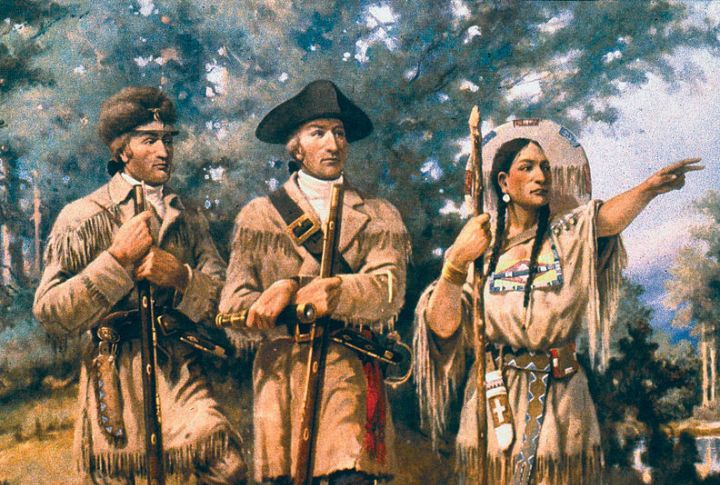
What does the Wild West mean to you? A lawless frontier? A land of opportunity? The truth is more complex. It was a time of significant risks and even more enormous consequences. Some events reshaped the land, people, and nation’s future. These 10 moments tell that story.
The Louisiana Purchase
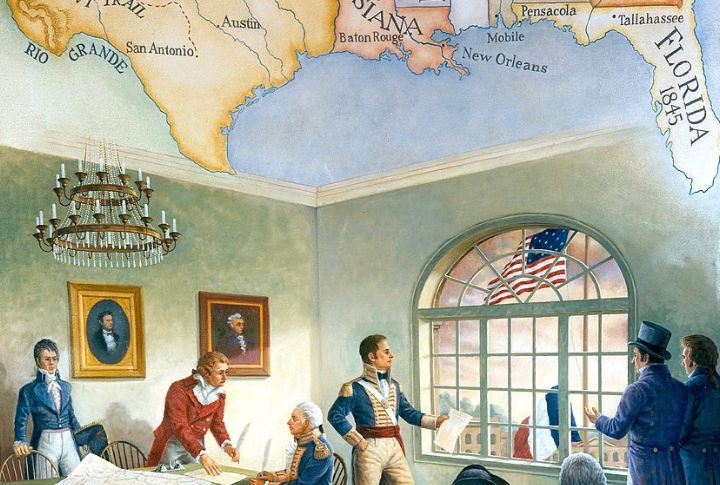
A single transaction changed the map forever. In 1803, President Thomas Jefferson struck a deal with France to acquire 828,000 square miles of land for $15 million. It was a bargain, but not without controversy. The purchase doubled the size of the U.S., opening vast lands for settlement.
The Lewis And Clark Expedition
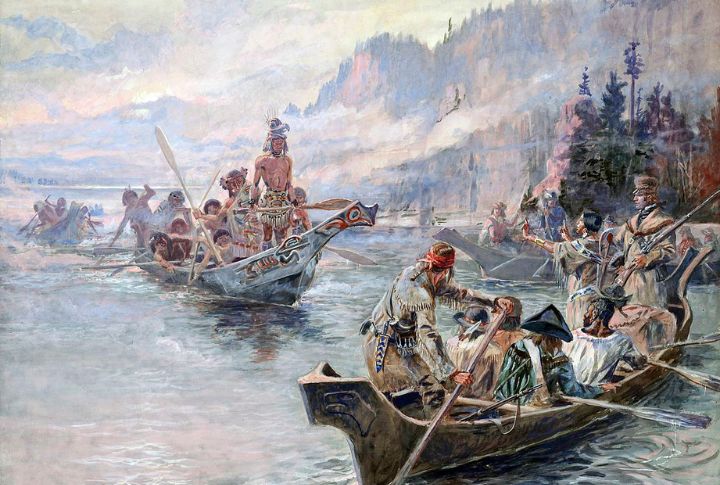
In 1804, Meriwether Lewis and William Clark went on a mission to explore the acquired Louisiana Territory and find a way to the Pacific. Their journey was full of challenges: dangerous terrain, harsh weather, and unfamiliar wildlife. They navigated the Missouri River and made contact with numerous Native American tribes.
The Gold Rush Of 1849
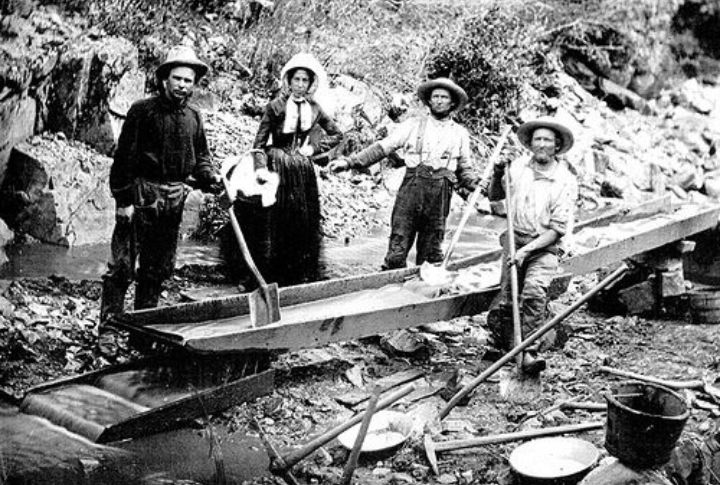
Few events lured more dreamers westward than the discovery of gold in California. Word spread like wildfire when gold was found at Sutter’s Mill in 1848. By 1849, thousands of prospectors flocked to California, hoping to strike it rich. Some found fortune, but many left empty-handed, victims of ruthless competition and harsh conditions.
The Indian Removal Act
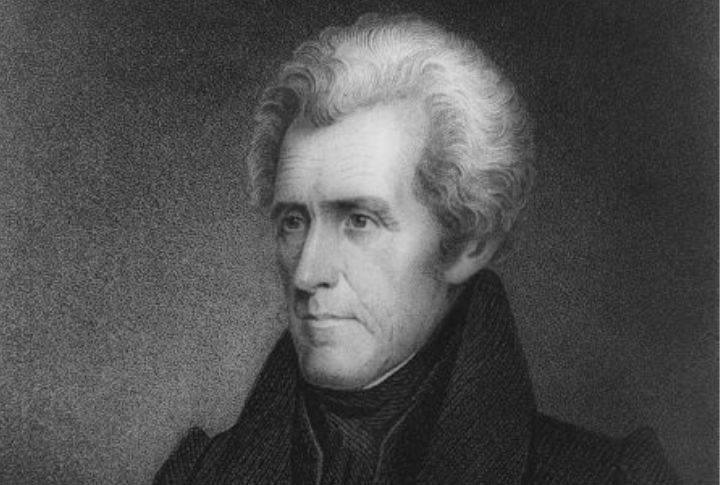
A promise of new land came at a devastating cost. President Andrew Jackson accepted the Indian Removal Act in 1830 to allow the federal government to force Native American tribes off their ancestral lands and relocate them west of the Mississippi River. The policy left a lasting scar on Native American history.
The Oregon Trail Migration
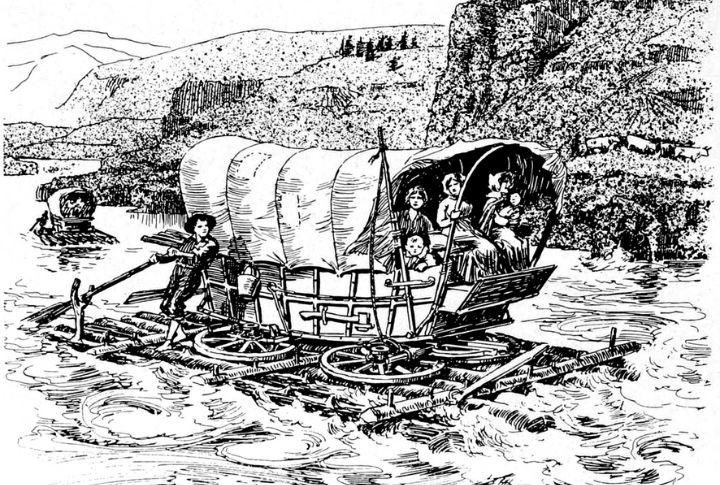
Wagons creaked, and dust swirled as thousands of families set off for the West. The Oregon Trail, which stretch over 2,000 miles from Missouri to the Pacific Northwest, was a grueling test of endurance. Travelers faced extreme weather, disease, river crossings, and food shortages. By the 1860s, hundreds of thousands had made the journey.
The Texas Revolution
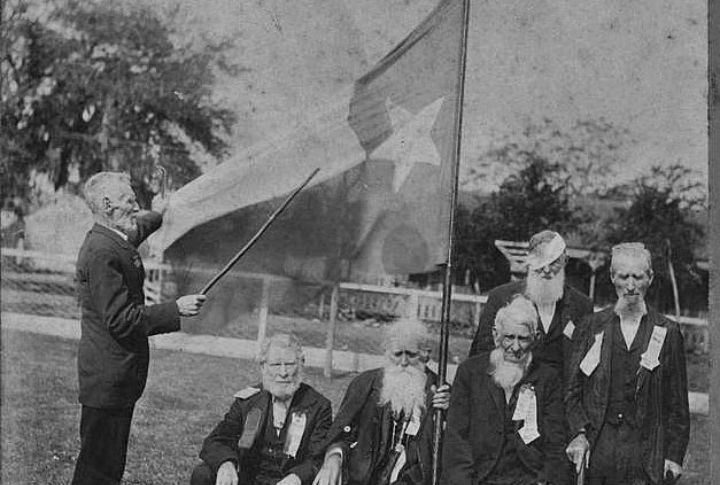
A fight for independence shook the frontier. In 1835, tensions boiled over between Texan settlers and the Mexican government. The conflict escalated into a full-blown war, culminating in the infamous Battle of the Alamo in 1836. The defenders fought valiantly but were overwhelmed. Their sacrifice became a rallying cry, and soon after, Texas won its independence.
The Homestead Act Of 1862
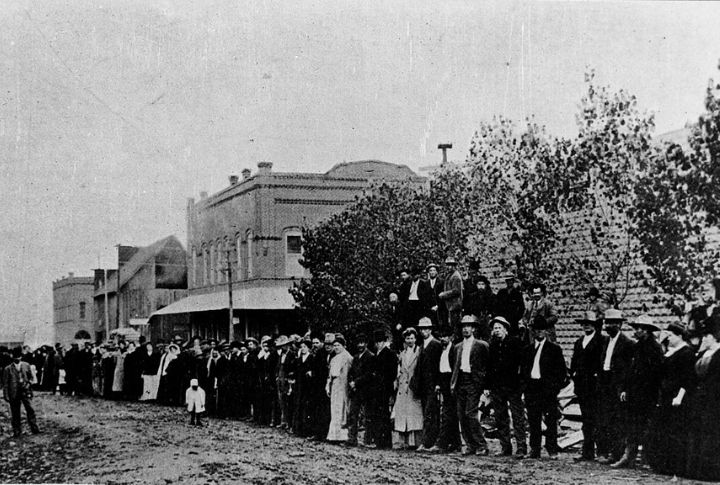
Land ownership became a reality for thousands of settlers. Enacted under President Abraham Lincoln, the law provided 160 acres of public land to individuals committed to farming and improving it over a five-year period. It sparked a massive migration westward, shaping the agricultural areas and fueling tensions with Native American tribes.
The Transcontinental Railroad
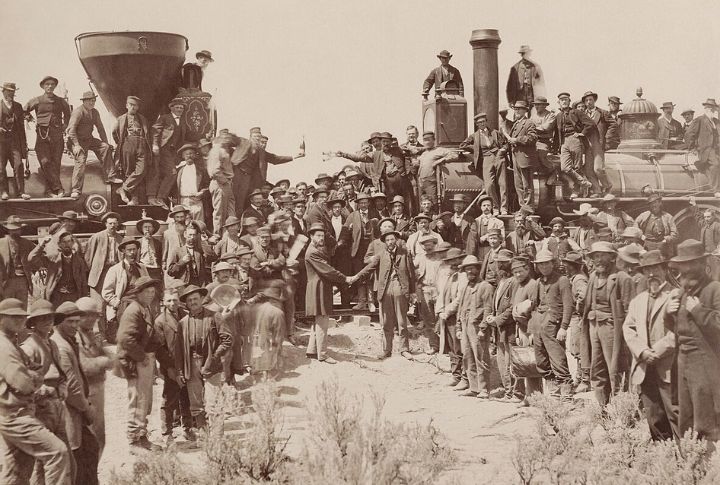
Steel tracks stitched the country together. Before the railroad, cross-country travel was a months-long journey by wagon or horseback. By 1869, the first transcontinental railroad connected the coasts to cut travel time to mere days. It was an engineering marvel, but it came at a high cost.
The Gunfight At The O.K. Corral
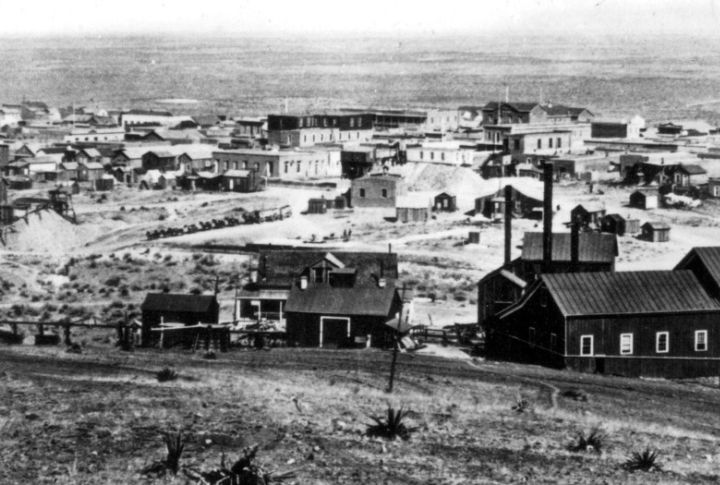
In a matter of seconds, gunfire erupted in Tombstone, Arizona. The 1881 shootout between lawmen and outlaws lasted only 30 seconds but became one of the most famous moments in Wild West history. Wyatt Earp, Doc Holliday, and their allies clashed with the Clanton-McLaury gang in a fight that symbolized the struggle between order and lawlessness.
The Battle Of Little Bighorn
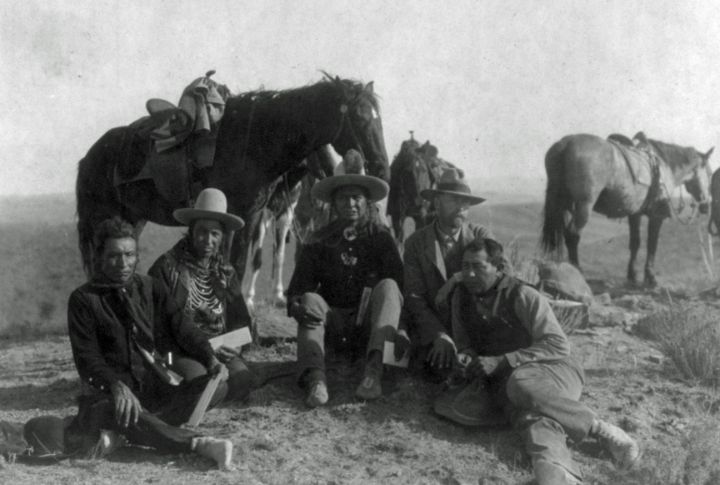
Victory and tragedy met on the battlefield. In 1876, Lakota Sioux and Cheyenne warriors faced off against General George Custer’s 7th Cavalry. In what became known as Custer’s Last Stand, the Native American forces overwhelmed and killed Custer and his men. For a brief moment, indigenous resistance triumphed.

